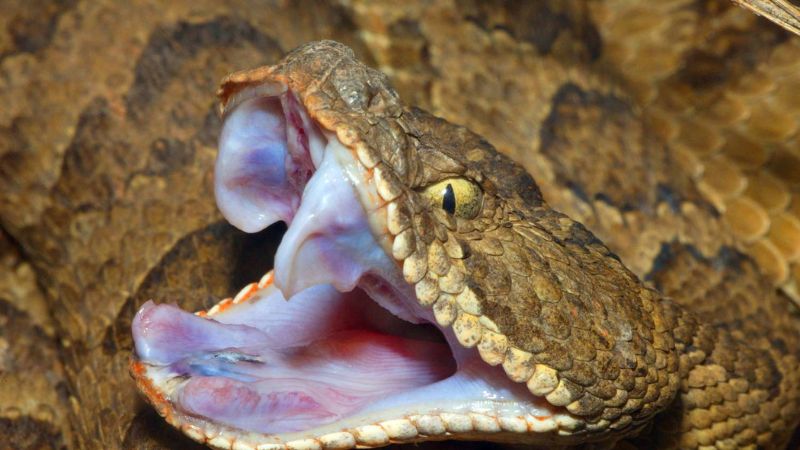Rattlesnakes are fascinating creatures with unique adaptations and behaviors. Understanding these aspects can help you appreciate their role in the ecosystem and how to stay safe around them. Here are eight important things to know about rattlesnakes:
Rattle Composition
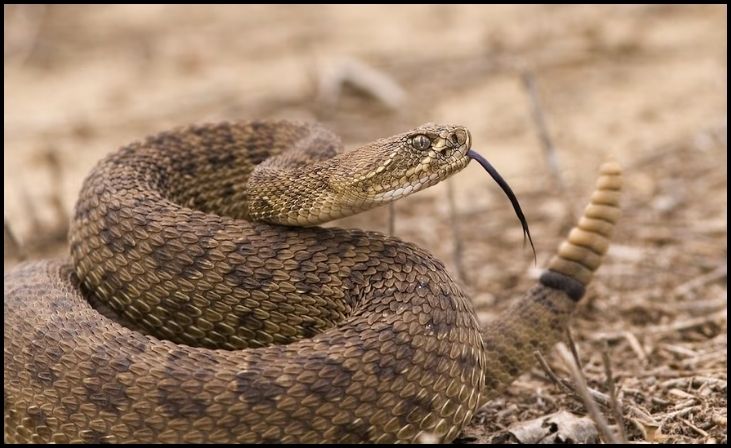
Rattlesnake rattles are made from keratin, the same material found in human hair and nails. When the snake vibrates its tail, the segments of the rattle knock together, creating the characteristic hissing sound that serves as a warning to predators and threats.
Rattle Growth
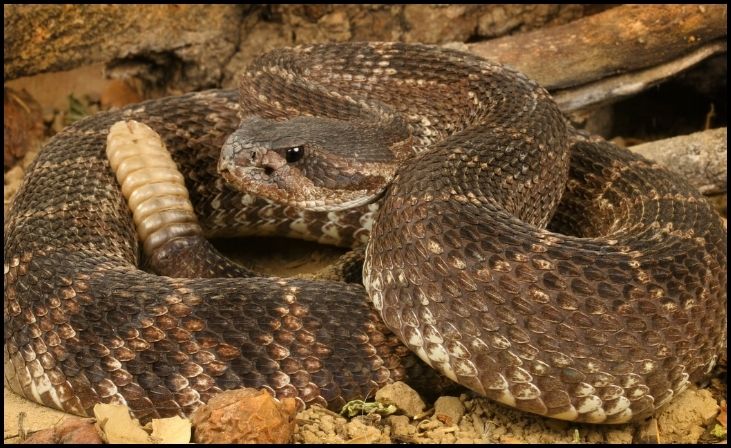
With each shedding cycle, a new segment is added to a rattlesnake’s rattle. However, the length of the rattle doesn’t accurately indicate the snake’s age because segments can break off over time.
Arizona’s Diversity
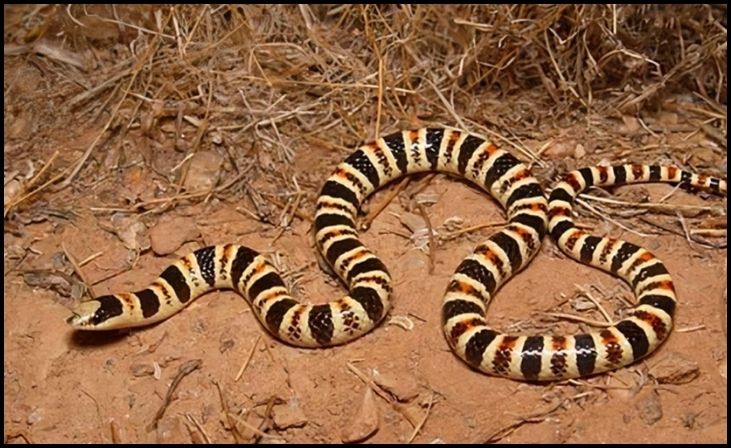
Arizona is home to a variety of rattlesnake species, including the western diamond-backed and sidewinder rattlesnakes. The state has special protections for four of its rattlesnake species, highlighting their ecological importance.
Hearing Mechanism
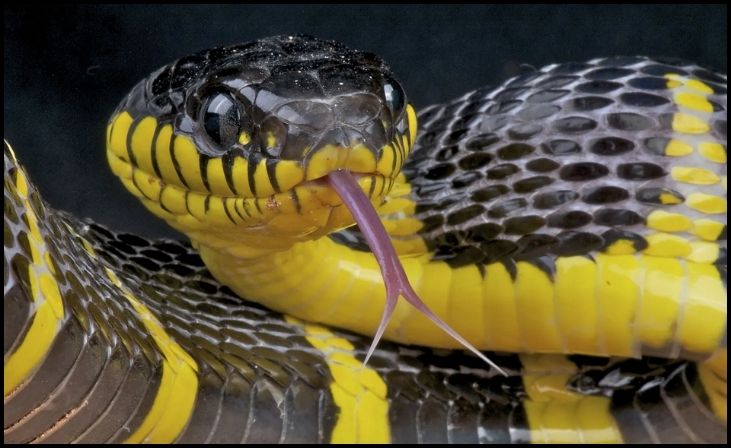
Rattlesnakes don’t have eardrums. Instead, they sense vibrations through their jawbones, which allows them to “hear” by detecting ground vibrations. This adaptation helps them respond to potential threats and prey.
Rare Bite Incidents

Rattlesnake bites are relatively rare and usually happen when humans accidentally provoke or step on the snakes. Less than 1% of rattlesnake bites are fatal, thanks to modern medical treatments and the snakes’ general avoidance of humans.
Fang Adaptation
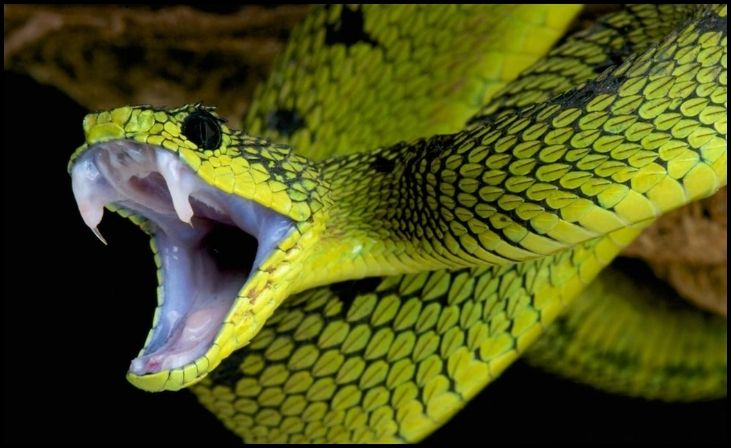
Rattlesnakes have specialized fangs that deliver venom efficiently. These fangs are hollow and retractable, allowing the snake to inject venom deeply into its prey, which is crucial for immobilizing and digesting it.
Reproductive Process
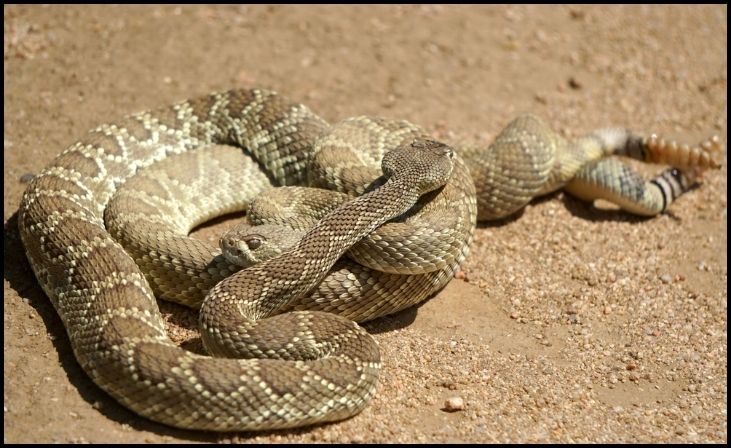
Female rattlesnakes give birth to live young after incubating the eggs internally for about 90 days. This process, called ovoviviparity, occurs every two years, ensuring the survival and health of the offspring.
Heat Sensing
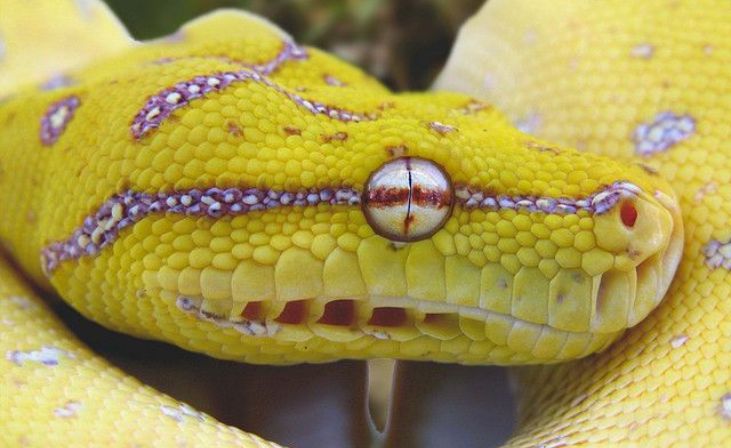
Rattlesnakes possess facial pits that detect heat, enabling them to sense warm-blooded prey even in complete darkness. This heat-sensing ability, combined with a specialized organ that detects, tastes, and smells substances in the air, makes them effective hunters.


